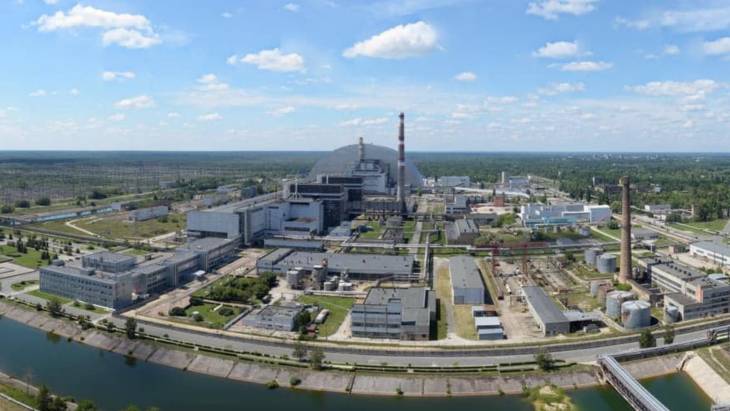IAEA seeks information about forest fires near Chernobyl

In its latest update on the situation in Ukraine, the International Atomic Energy Agency (IAEA) said it was “aware of media reports of forest fires in the area near the Chernobyl site and is seeking further information about the situation from its Ukrainian counterpart”.
On 21 March, the State Nuclear Regulatory Inspectorate for Ukraine (SNRIU) said that there was a heightened risk to radiation levels if there are forest fires in radioactively contaminated areas. It said that there had been fires in the western and central parts of the Chernboyl exclusion zone.
It added that fire services currently "don’t have the opportunity to perform their functions", and that the numbers of fires would be expected to increase as the weather warms up.
Also at Chernobyl, which is now approaching a month under the control of Russian forces, the State Agency of Ukraine on Exclusion Zone Management (DAZV), said a EUR6 million (USD6.6 million) laboratory, which it described as a "unique complex with powerful analytical capabilities [which can] provide services at any stage of radwaste management, from air conditioning to disposal, as well as research and technology development" had been "looted and destroyed".
In its most recent update on the situation at Chernobyl, SNRIU said that although there had now been a rotation of the staff who had been on site for 25 days since the Russian forces took control, it was not possible to carry out scheduled maintenance and repair of systems and equipment, or work involving contractors. It said "the information received from Chernobyl NPP on the on-site safety parameters and the radiation situation indicates a trend of the steady deterioration of a number of indicators."
This trend has not been confirmed by the IAEA which, in its most recent update, on 2 March, said that it was still not receiving remote data transmission from its monitoring systems installed at Chernobyl, although it was getting such remote monitoring results from Ukraine’s four operating nuclear power plants.
The IAEA Director General Rafael Mariano Grossi has welcomed the rotation of staff at Chernobyl, which SNRIU said has covered everyone, apart from 13 who declined to rotate, plus the Ukrainian guards who stayed at the site.
Damaged roads and bridges had complicated the transportation of staff to the nearby city of Slavutych, SNRIU told the IAEA and the new shift includes two supervisors instead of the usual one to ensure back-up is available on the site. An agreement had also been reached on how to organise future staff rotations at the plant, the IAEA said.
Grossi praised the staff "for their courage and tireless efforts in carrying out their vital work tasks during extremely difficult and stressful conditions in the presence of foreign military forces".
He said he was continuing consultations with both sides as part of attempts to agree a framework aimed at ensuring the safety and security of all of Ukraine’s nuclear facilities.
In its updates on 23 March, the Ukrainian nuclear power plant operator Energoatom said all four nuclear power plants were operating within safe limits. Eight of the country’s 15 reactors are currently operating.
But it added that the largest plant, Zaporozhe, is being operated by its Ukrainian staff but under the control of Russian forces, with the need to pass through checkpoints and with continued "problems with fuel, food and essential medicines", in the plant and the city of Energodar.









_88592.jpg)
_66488.jpg)

